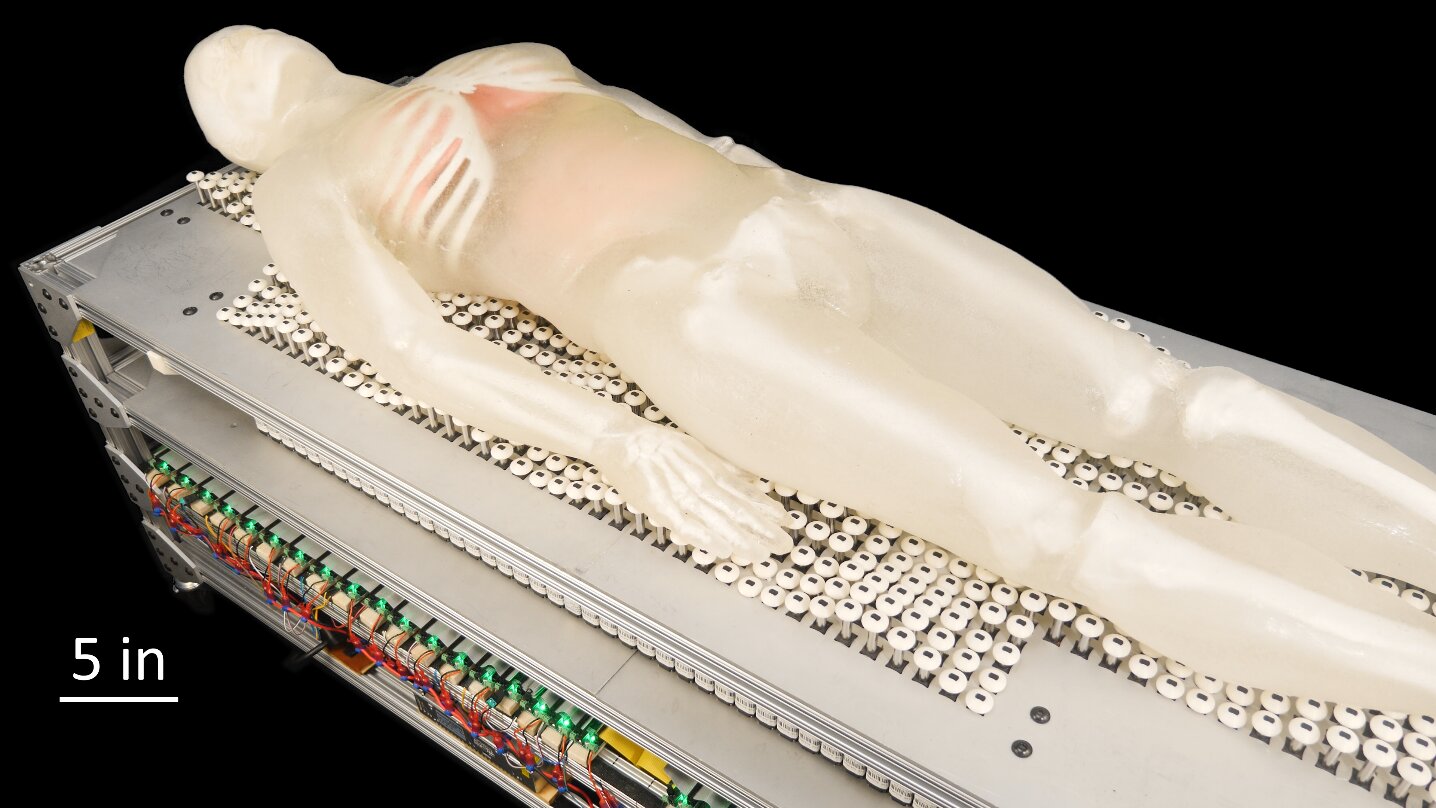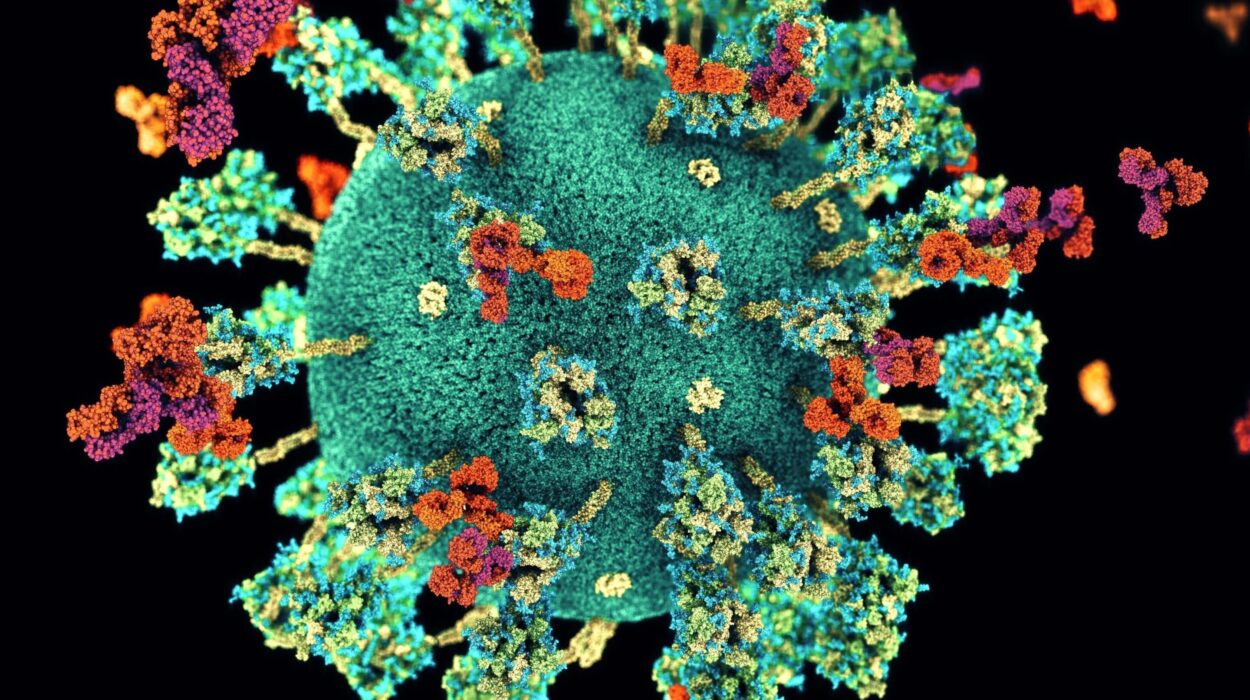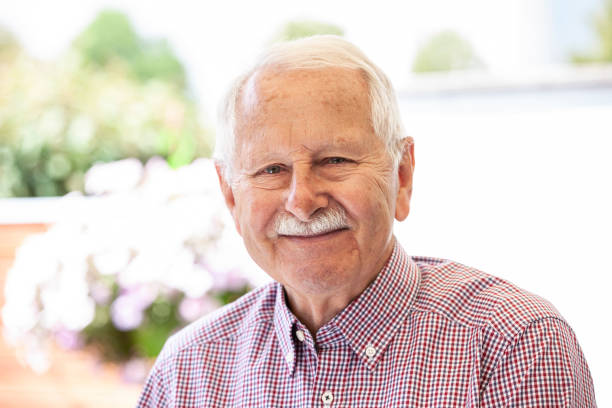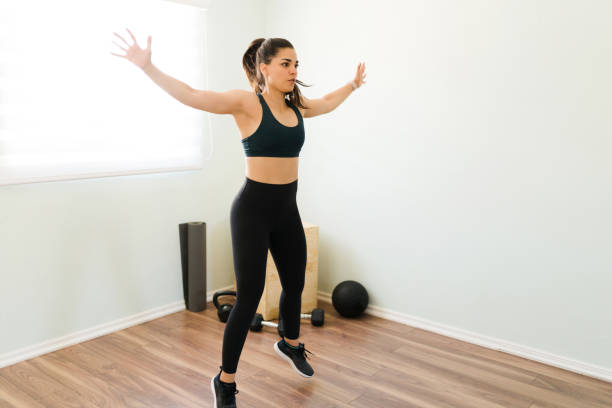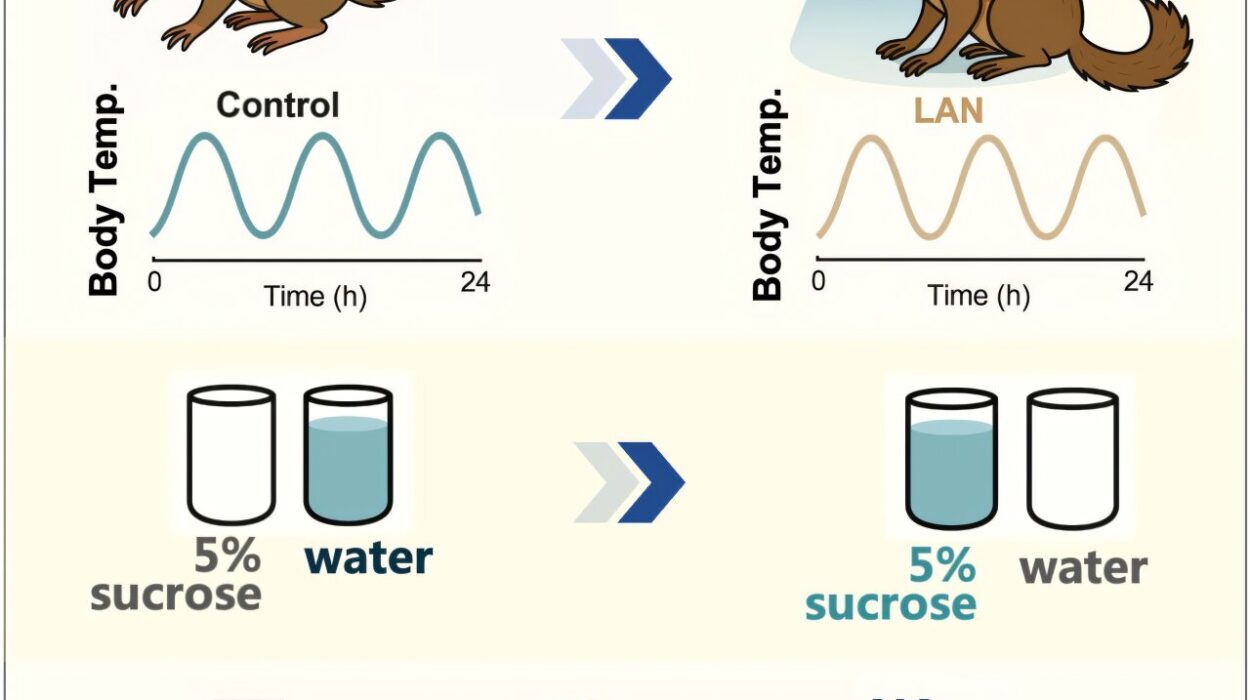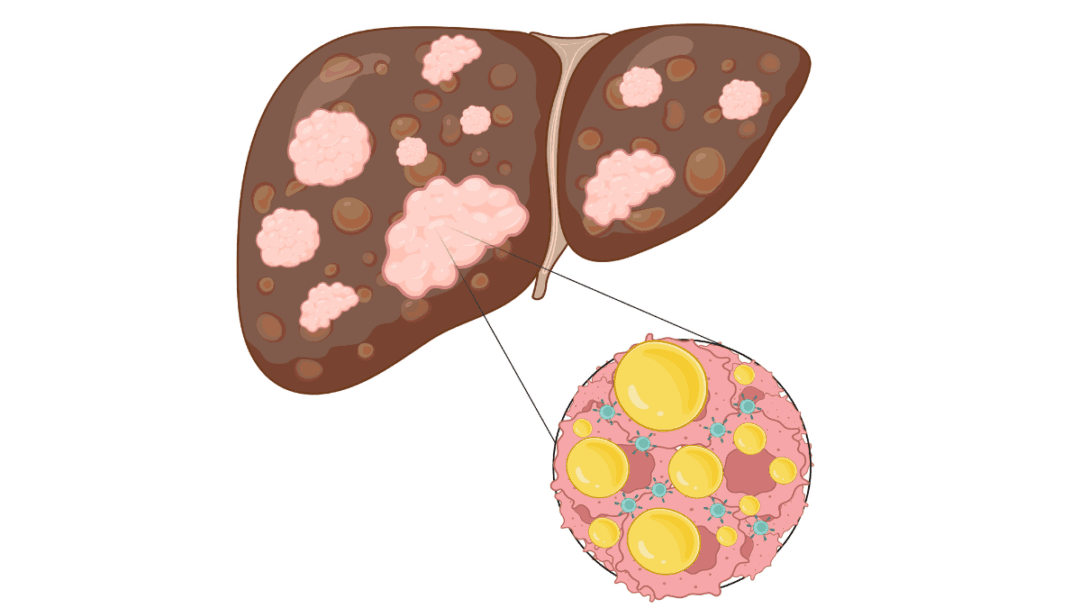For patients confined to hospital beds, nursing homes, or even home care facilities, the biggest threat often doesn’t come from the disease they’re battling—but from the very bed meant to support them. Bed sores, or pressure ulcers, form quietly and painfully. In some cases, they are little more than skin-deep. In others, they become deep wounds, gateways for deadly infection, and markers of prolonged suffering.
Despite decades of research and technological advancement, a reliable solution has remained elusive—until now.
At the University of California, Los Angeles, a team of engineers, in collaboration with K Medical LLC, has created a robotic mattress unlike any seen before. Their innovation, recently published in Science Robotics, may signal a long-overdue turning point in the care of bedbound patients.
The Hidden Danger Beneath Still Bodies
Bed sores develop because prolonged pressure against a surface—like a mattress—cuts off blood flow to the skin and underlying tissues. Without oxygen, those tissues begin to die. The most vulnerable areas include the tailbone, hips, heels, and elbows. For a patient who is unconscious, elderly, or paralyzed, the body cannot cry out or shift to relieve the pressure. What starts as a red patch of skin can become a crater of infection.
Traditionally, the only reliable method to prevent this has been physically turning the patient every couple of hours—no easy task in overburdened hospitals or understaffed care facilities. That strategy depends on human attention, timing, and strength. Too often, the clock runs out.
So, the engineers at UCLA asked: what if the bed itself could take responsibility for moving the patient?
Engineering a Moving Mattress with Purpose
What they came up with looks, at first glance, like a high-tech hospital bed—but inside, it’s a marvel of miniaturized engineering. Underneath the surface lie more than 1,200 tiny, independently controlled rams—think miniature elevators for each inch of the bed. These mechanical actuators can raise and lower themselves in coordinated patterns, shifting the shape and pressure distribution of the mattress beneath a body.
To test their idea, the team began with a lifelike human dummy designed to mimic the weight and shape of a real patient. They studied how pressure developed at different points on the dummy’s body over time, experimenting with how to minimize it without fully repositioning the body.
From these early simulations came a mattress composed of smart moving panels—each a carefully engineered unit that moves forward and back in rhythm with the others. These panels are topped with a comfortable foam surface, but beneath the softness lies a system of motors, springs, and precision mechanics that keep the body in gentle motion, even as the patient sleeps.
Movement Without Disturbance
The goal wasn’t to jolt or shake the patient—far from it. The team’s innovation works by subtly adjusting the support beneath pressure points. These micro-movements relieve compressed tissue long enough to restore blood flow without waking or distressing the sleeper. The movements are small, quiet, and continuous—more like breathing than shifting.
Springs make the back-and-forth motion of the panels smoother and less energy-intensive, while motors drive the movement on a schedule or in response to real-time pressure monitoring. The bed effectively “senses” where stress is building and acts before tissue damage can occur.
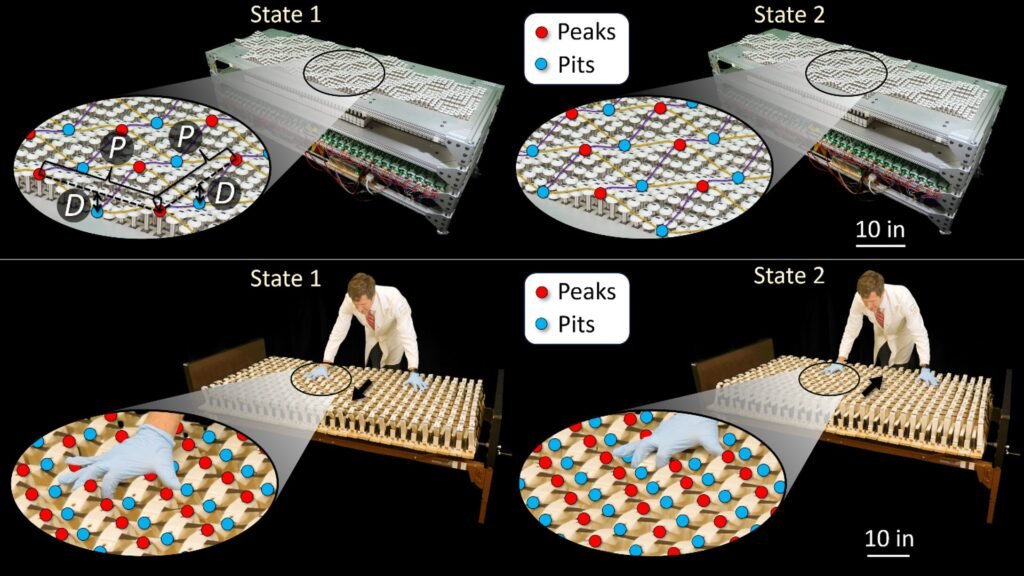
In lab testing with dummies, the mattress significantly reduced pressure at key points—enough, the researchers believe, to lower the risk of pressure ulcers developing at all.
A Revolution in Passive Healing
“This isn’t just a mattress—it’s an active participant in patient care,” said one member of the development team. While the paper focuses on technical specifications and simulations, the emotional potential of such an invention can’t be overstated. For patients who can’t move, and for families and caregivers who worry about complications they can’t prevent, this smart mattress offers something more than comfort. It offers protection—and peace of mind.
Though human testing is still ahead, the engineering success represents a major step toward solving a problem that affects millions worldwide. In the U.S. alone, over 2.5 million people suffer from bed sores each year, many of them in hospitals or care facilities. Severe cases can lead to amputations, sepsis, or even death. The cost to healthcare systems is enormous; the cost to individual lives is incalculable.
The Future of Beds That Care
As healthcare technology advances, we’ve seen smart watches, smart thermometers, and even smart pills. Now, with UCLA’s mattress, we may be entering the era of the smart bed—not one that simply tracks data, but one that actively prevents harm.
Unlike earlier attempts at automated beds—which relied on bulky motors, inflatable air pockets, or vibration—this system uses mechanical intelligence. It’s quiet, scalable, and, the team believes, realistic for clinical implementation.
“Our mattress doesn’t just move—it understands pressure,” a researcher explained. “It adapts to the patient. That’s what makes it different.”
The mattress still needs to be tested in real hospitals with real patients. But if clinical trials go well, it could find a place not only in intensive care units, but also in elder care, rehabilitation centers, and eventually private homes.
A Quiet Innovation with Global Potential
What’s striking about this invention is how quietly revolutionary it is. There’s no flashing light, no dramatic motion—just the gentle hum of a machine doing what nurses and aides have done for centuries: trying to ease the burden of immobility.
In a world that often marvels at the flashiest technologies—rockets, robots, AI—this mattress stands as a reminder that the most profound innovations are sometimes the softest, the most subtle. A device that listens to the body’s silence. A bed that breathes with the patient. A machine that says, “I’ve got you.”
For the millions at risk of pressure ulcers each year, that message could be life-saving.
Reference: Zhidi Yang et al, Preventing pressure ulcers by increasing pressure: An unorthodox alternating-pressure mattress, Science Robotics (2025). DOI: 10.1126/scirobotics.ads6314
